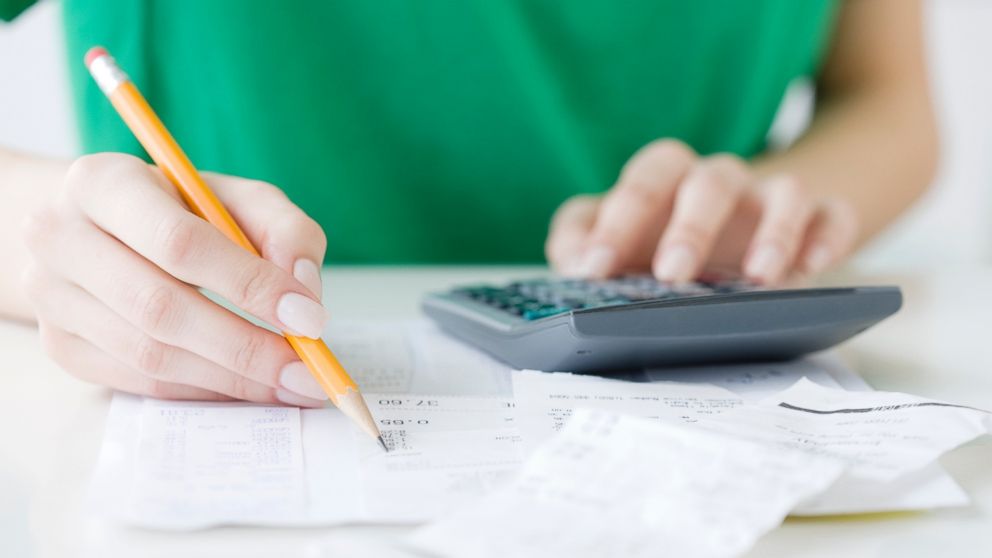How to Spot Bogus 'Cramming' Charges on Your Phone Bill
Five quick tips to make sure you don't fall victim to "cramming."

— -- The landmark $105 million settlement against AT&T for allegedly adding unauthorized charges to consumers' phone bills has put the spotlight on a practice known as "cramming."
For $9.99 a month, some consumers were sent unsolicited text messages, according to the Federal Trade Commission. The examples listed on the FTC's website range from annoying to bizarre.
"Guess What? You have a better chance of dying on the way to buy a lotto ticket then winning the lotto. For HELP call 18888906150."
"Guess What? The placement of a donkeys eyes on its head enables it to see all four feet at times! For HELP call 18888906150."
The mobile carrier has agreed to pay $80 million to the FTC to provide refunds to subscribers who can prove they were incorrectly billed, according to the FTC's website.
Guess what? There's more good news. You don't have to fall victim to bogus charges. Here are five tips from the Federal Trade Commission to help you make sure you're not being overcharged:
- Don't enter your mobile phone number on unsecured websites.
- Unsolicited text messages can be a sign you’re being billed for a service you didn't opt in to. Look closely at your next bill to make sure there are no new charges.
- Speaking of which: The most common cramming charge is $9.99, a small amount that is easy to overlook. If you see a charge and don’t know what it’s for, ask your mobile provider.
- Look out for generic sounding fees. Some common words that may be used include: Min. Use Fee, Activation, Member Fee or Subscription.
- Some carriers offer a feature that will block third-party services on your phone bill. If you’re worried about bogus charges and don’t plan to use third party services, ask to opt-in to the service.



